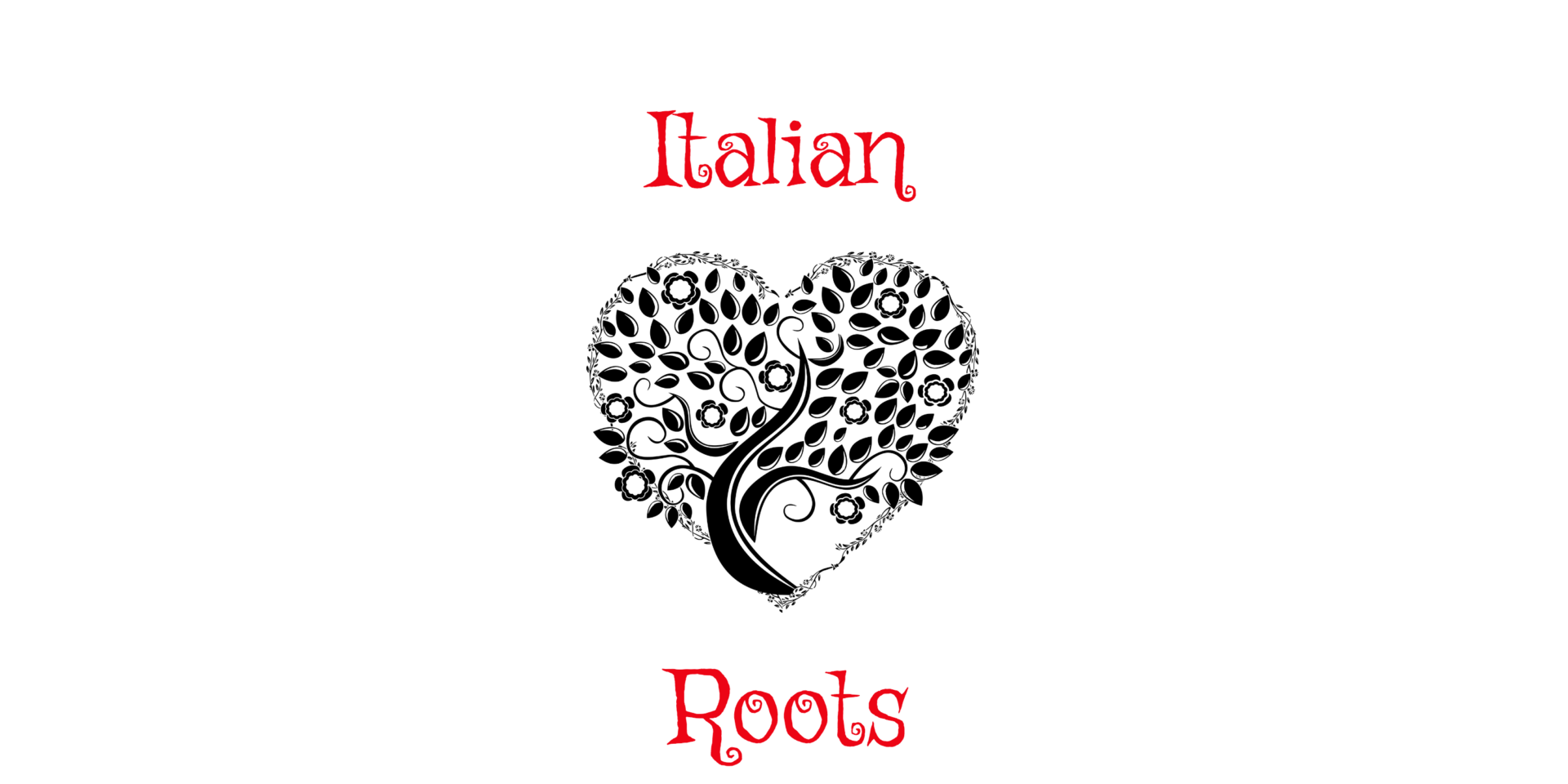
The Apuli or Iapyges inhabited the southeastern part of Italy or most of today’s Puglia. It is thought that they originated in Crete or Illyria and some say they are related to the Messapii, who lived in parts of Puglia and Calabria.
Their language however is closely related to the Messapic. It is distinct from Latin.
They were influenced by the Greek colonies and they had pit graves and stone tumuli.
Large cities developed in what is now Ordona, Canosa di Puglia, Ruvo di Puglia, Brindisi, Oria, Lecce, Rudiae and Manduria. They defended their independence against the Greeks until eventually conquered by Rome.
Their religious beliefs were indigenous with some Greek Elements. For example Aphrodite and Athena were worshipped. There is also evidence that live horses were sacrificed to the god Manzanas.
The aristocracy were known for their ornamental dress and by the 7th century BC they wore ornate costumes and jewelry. They wore their hair long and wore short tunics, young women wore long tunics belted at the waist.
They buried their dead close to their settlements with men and some women buried with weapons, arms and armor.

Ancient Italian Tribes — Etruscans
Click here to join our Facebook group The Etruscans are probably the most well known ancient tribe of the Italian Peninsula. They inhabited most of current day Tuscany and were a power long before Rome. It was originally believed that they were from Lydia on the Eastern coast of Turkey, however modern DNA testing now points to them being and indigenous people of Italy. It is also thought that they advanced quicker than other tribes

Ancient Italian Tribes – Falisci
About 1200 BC the Falisci crossed the Eastern part of the Alps into the plain of the Po River. A tribal confederation of about 30 villages the eventually settled in Latium near today’s Rome. While they were culturally close to the Etruscans, they spoke a language similar to Latin. There capital was Falerii Veteres or present day Civita Castellana. Their resistance to Rome began in 437 BC. At that time they joined the Veii in

Ancient Italian Tribes — Ligurians
Click here to join our Facebook group The Ligurians inhabited north-western Italy in the regions of current day Liguria and parts of Piedmont. They also extended into the part of current day France, Provence-Alpes-Cote d’Azur. They were short of stature and known to be brave, strong and energetic. There is an open question as to were they, or did they mix with the Celts. They were a loose confederation of several peoples, the Inguani, Intemelii,

Ancient Italian Tribes — Picenians
Click here to join our Facebook group I was asked to research the Picena by a member in my Facebook Group. I never heard of this tribe, so I thought let’s go for it! There is not a lot written about them, as they were a small tribe and not around for a very long time. What I did find was that they lived in a small area near the North Adriatic Sea ( see

Where Do Italians Come From — The Ancient Calabrian Tribes
There is evidence of the presence of a type of Homo Erectus in Calabria along coastal areas as far back as 700,000 BC. More recently ( 12,000 BC ) Stone Age there is a figure of a bull in the Romito Cave. The first villages arrive in 3,500 BC. Click here to join Italian Genealogy on Facebook In approximately 1500 BC the Oenotri or vine cultivators settled in Calabria. According to legend, they were Greeks
Where do Italians Come From? — The Ancient Sicilian Tribes
It is believed that the first people arrived in Sicily by sea as early as 20,000 BC. Most likely from Western and Central Europe. There were three tribes, the Elymians, the Sicani and the Siculi, from which Sicily gets it’s name. The Siculi were the last to arrive on the island, and were related to the Italic peoples of Southern Italy, most likely the Italoi of Calabria, the Oenotrians, Chones, Leutarni, Opicans and Ausones. Although




Fascinating! I would probably be part of the Etruscan tribe, having been born in Livorno, Toscana.